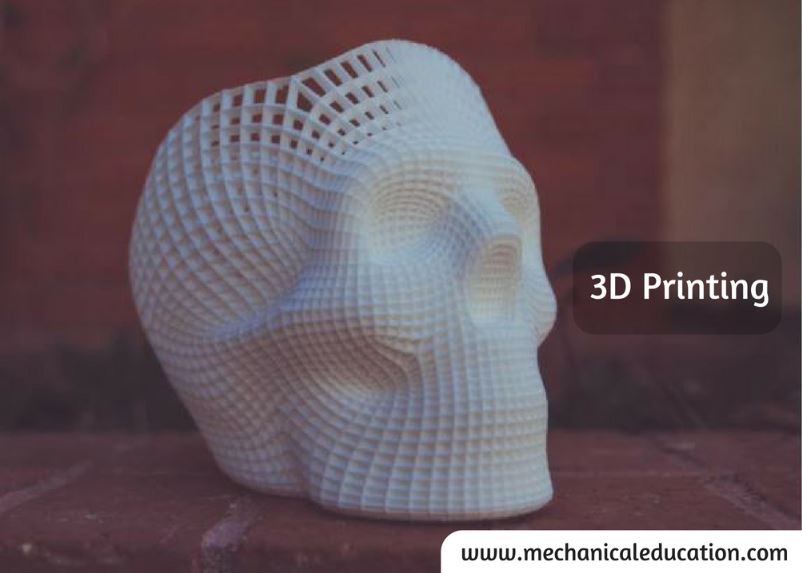Open die forging is a type of forging process in which the metal is shaped by the repeated application of compressive forces using a set of dies that do not enclose the material being forged. Here are some common applications of open die forging:
- Aerospace: Open die forging is commonly used in the aerospace industry to produce parts such as landing gear components, engine parts, and structural components. The process allows for precise shaping of the metal and results in parts that are strong and reliable.
- Energy: Open die forging is used in the energy industry to produce components for power plants, oil rigs, and other equipment. The process allows for the production of large, high-strength components that can withstand the extreme temperatures and pressures associated with these applications.
- Mining: Open die forging is used in the mining industry to produce components such as shafts, gears, and other equipment. The process allows for the production of components that are resistant to wear and corrosion, and that can withstand the harsh operating conditions in mining applications.
- Heavy equipment: Open die forging is used to produce components for heavy equipment such as cranes, bulldozers, and excavators. The process allows for the production of high-strength components that can withstand the stresses and strains of heavy use.
Overall, open die forging is a versatile process that can be used to produce high-strength components for a wide range of industrial applications. It is particularly useful in applications where large, complex parts are required, and where strength and durability are critical.
Frequently Asked Questions
1. What is open die forging?
Open die forging is a metal forming process where heated metal is shaped between flat or shaped dies. Unlike closed die forging, the metal is not completely enclosed, allowing for deformation and the creation of various shapes.
2. What materials are commonly used in open die forging?
Open die forging can be applied to a variety of metals, including steel, aluminum, titanium, and alloys. The choice of material depends on the specific properties required for the final product.
3. How is open die forging different from closed die forging?
In open die forging, the metal is shaped between dies with no fully enclosed cavity. This allows for greater flexibility in terms of part size and shape compared to closed die forging, which uses dies with a closed cavity.
4. What types of products can be manufactured using open die forging?
Open die forging is suitable for producing a wide range of products, including shafts, blocks, cylinders, discs, and other simple to moderately complex shapes. It is often used for components that do not require intricate details.
5. Can open die forging produce large parts?
Yes, open die forging is well-suited for producing large parts due to its flexibility and the absence of a fully enclosed cavity. This makes it feasible for forging components such as shafts and blocks of substantial size.
6. What are the advantages of open die forging?
Advantages of open die forging include the ability to produce large parts, flexibility in shapes, cost-effectiveness for low-volume production, and the creation of strong and durable components with improved material properties.
7. How is the process of open die forging controlled for accuracy?
Open die forging is controlled by skilled operators who guide the metal into the desired shape through repeated hammering or pressing. While it allows for flexibility, achieving precision depends on the skill and experience of the operators.
8. Can open die forging achieve high strength in the forged components?
Yes, open die forging can result in high-strength components due to the plastic deformation and refinement of the material’s grain structure during the forging process. This enhances mechanical properties like strength and toughness.
9. Is open die forging suitable for both ferrous and non-ferrous metals?
Yes, open die forging can be applied to both ferrous and non-ferrous metals. It is versatile in terms of material compatibility, allowing for the production of components from various metals and alloys.
10. What considerations are important for tooling in open die forging?
Tooling in open die forging involves the use of hammers or presses to shape the metal. Considerations include the design of the dies, the force applied during forging, and the control mechanisms to achieve the desired shapes and dimensions.




